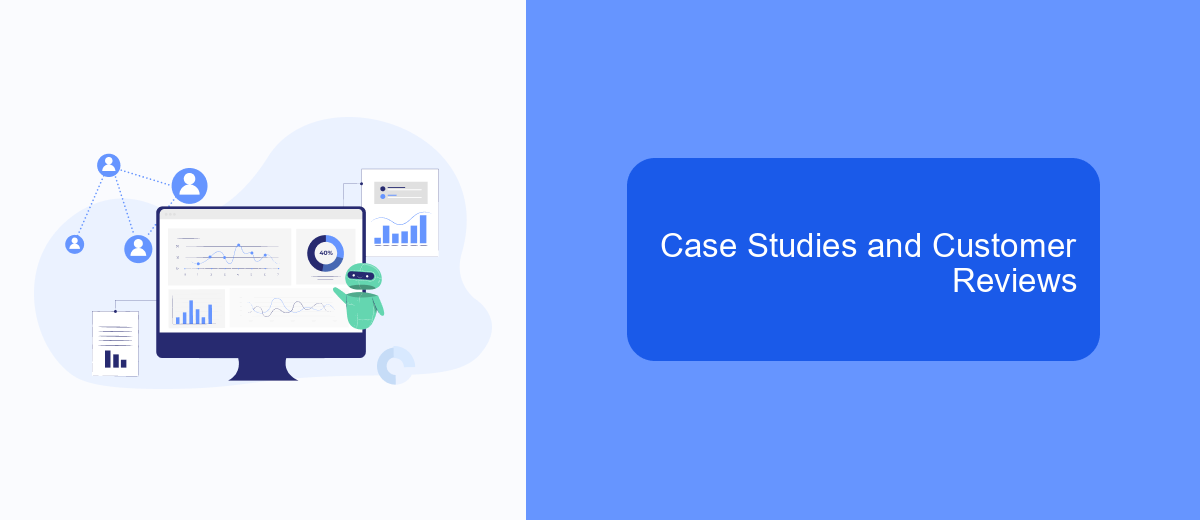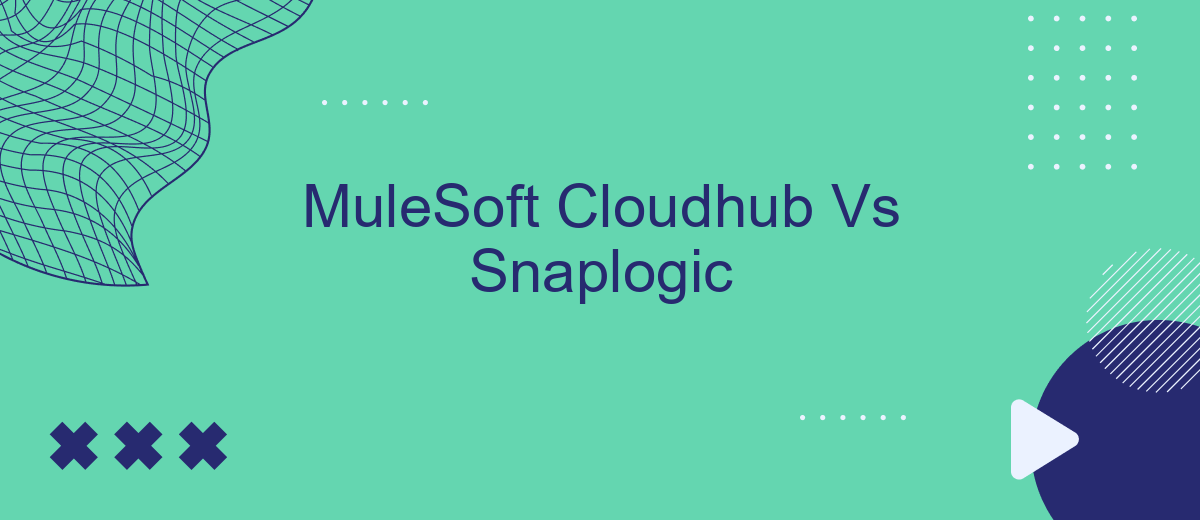In the rapidly evolving landscape of cloud integration platforms, MuleSoft CloudHub and SnapLogic stand out as leading solutions. Both offer robust capabilities for connecting diverse applications and data sources. This article delves into a detailed comparison of MuleSoft CloudHub and SnapLogic, examining their features, strengths, and potential drawbacks to help businesses make informed decisions on which platform best meets their integration needs.
Introduction
In today’s fast-paced digital world, businesses are constantly looking for efficient ways to integrate various applications and data sources. Two prominent players in the integration platform as a service (iPaaS) market are MuleSoft Cloudhub and SnapLogic. Both platforms offer robust solutions for connecting disparate systems, automating workflows, and enhancing data flow across organizations.
- MuleSoft Cloudhub: Known for its comprehensive API-led connectivity approach, it offers a wide range of pre-built connectors and templates.
- SnapLogic: Recognized for its user-friendly, AI-driven integration platform, it provides a visual interface for designing data pipelines and workflows.
Choosing the right integration platform can significantly impact your business's efficiency and agility. While MuleSoft Cloudhub and SnapLogic have their unique strengths, it's essential to evaluate your specific needs and objectives. Additionally, services like SaveMyLeads can further simplify the integration process by offering automated lead data transfers, ensuring you make the most out of your chosen platform.
Feature Comparison

MuleSoft Cloudhub and Snaplogic are two prominent integration platforms that offer robust features for connecting various applications and data sources. MuleSoft Cloudhub excels with its comprehensive API management capabilities, providing users with powerful tools for designing, deploying, and managing APIs. It also offers a reliable and scalable cloud-based infrastructure, which ensures high availability and performance. On the other hand, Snaplogic stands out with its intuitive, drag-and-drop interface, making it accessible for users with varying levels of technical expertise. Its pre-built connectors and pipelines simplify the integration process, allowing for quick and efficient data flow between systems.
Both platforms support extensive integrations but cater to different use cases. MuleSoft Cloudhub is ideal for enterprises needing advanced API management and robust security features, while Snaplogic is better suited for organizations looking for ease of use and rapid deployment. Additionally, services like SaveMyLeads can complement these platforms by automating lead data integration, further streamlining workflows and enhancing productivity. Ultimately, the choice between MuleSoft Cloudhub and Snaplogic depends on the specific needs and technical requirements of the organization.
Pricing and Support

When comparing MuleSoft Cloudhub and Snaplogic, it's crucial to consider both pricing and support options. Both platforms offer different pricing models and support plans to cater to various business needs.
- MuleSoft Cloudhub: MuleSoft operates on a subscription-based pricing model, which can be quite flexible depending on the scale of your operations. They offer different tiers with varying features and capacities. Support plans include Basic, Gold, and Platinum, each offering different levels of service and response times.
- Snaplogic: Snaplogic also uses a subscription-based pricing model, but it is known for its more straightforward and potentially more cost-effective pricing. Their support options include Standard and Enterprise plans, with the Enterprise plan offering more comprehensive support and faster response times.
Both MuleSoft Cloudhub and Snaplogic provide robust support and flexible pricing models, making them suitable for different business scales and requirements. For businesses looking to streamline their integration setup, services like SaveMyLeads can provide additional assistance by automating lead data transfers between various platforms, thus enhancing the overall efficiency of the integration process.
Case Studies and Customer Reviews

When comparing MuleSoft Cloudhub and SnapLogic, customer experiences and case studies provide valuable insights. Many organizations have leveraged these platforms to enhance their integration processes and drive business growth.
For instance, a leading retail company utilized MuleSoft Cloudhub to streamline its supply chain operations, resulting in a 30% reduction in processing time. On the other hand, a global financial services firm adopted SnapLogic to integrate its disparate data sources, achieving a unified view of customer data and improving decision-making capabilities.
- A healthcare provider reported a 25% increase in operational efficiency after implementing MuleSoft Cloudhub.
- A tech startup saw a 40% faster time-to-market for its new products using SnapLogic.
- Several businesses have benefited from using SaveMyLeads to simplify and automate their integration processes, reducing manual efforts significantly.
Customer reviews for both platforms highlight their robust features and user-friendly interfaces. While MuleSoft Cloudhub is praised for its scalability and comprehensive API management, SnapLogic is often commended for its ease of use and rapid deployment capabilities. Ultimately, the choice between the two depends on specific business needs and integration requirements.
Summary and Recommendations
In summary, both MuleSoft Cloudhub and Snaplogic offer robust solutions for integration needs, each with its unique strengths. MuleSoft Cloudhub excels in providing a comprehensive platform with extensive API management capabilities, making it suitable for enterprises requiring complex integrations and scalability. On the other hand, Snaplogic stands out for its user-friendly interface and rapid deployment capabilities, which are ideal for organizations looking for quick and efficient integration solutions.
For businesses seeking a balance between ease of use and powerful features, leveraging additional tools like SaveMyLeads can further streamline integration processes. SaveMyLeads offers an intuitive platform for automating lead data transfers, which can complement either MuleSoft Cloudhub or Snaplogic by enhancing their integration capabilities. Ultimately, the choice between MuleSoft Cloudhub and Snaplogic should be guided by specific business requirements, technical expertise, and the desired speed of deployment.
- Automate the work with leads from the Facebook advertising account
- Empower with integrations and instant transfer of leads
- Don't spend money on developers or integrators
- Save time by automating routine tasks
FAQ
What are the primary differences between MuleSoft Cloudhub and Snaplogic?
Which platform is better for handling real-time data integration?
How do MuleSoft Cloudhub and Snaplogic handle scalability?
What are the cost considerations for MuleSoft Cloudhub vs Snaplogic?
Are there alternatives to MuleSoft Cloudhub and Snaplogic for integration needs?
What do you do with the data you get from Facebook lead forms? Do you send them to the manager, add them to mailing services, transfer them to the CRM system, use them to implement feedback? Automate all of these processes with the SaveMyLeads online connector. Create integrations so that new Facebook leads are automatically transferred to instant messengers, mailing services, task managers and other tools. Save yourself and your company's employees from routine work.

